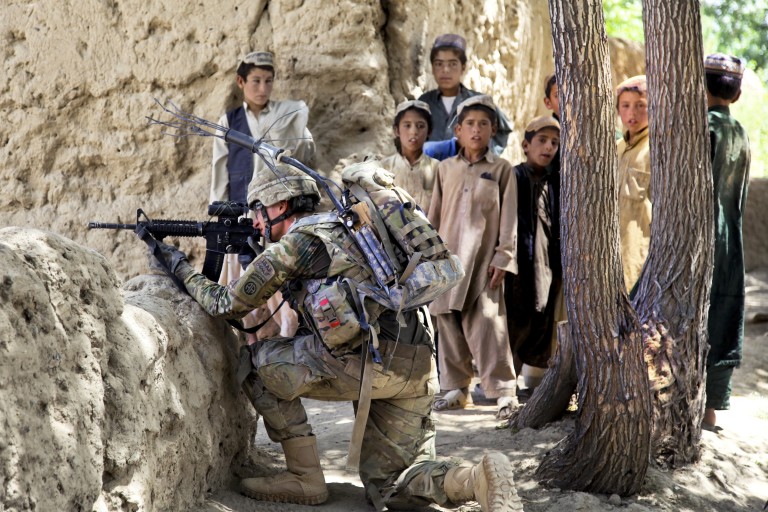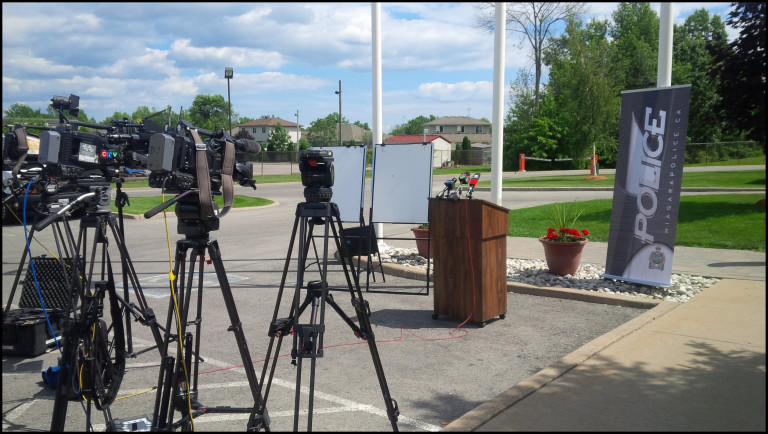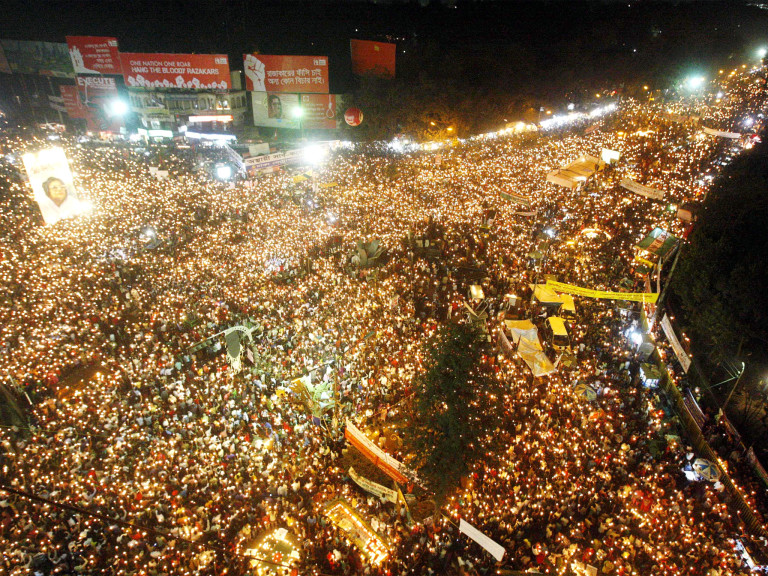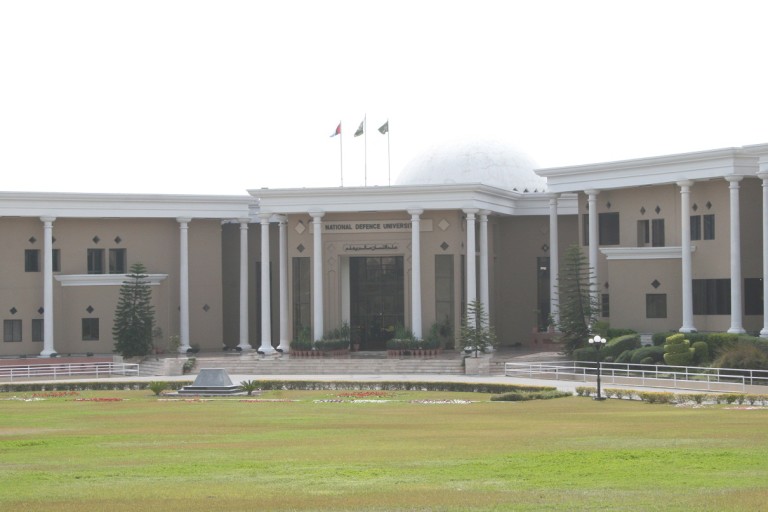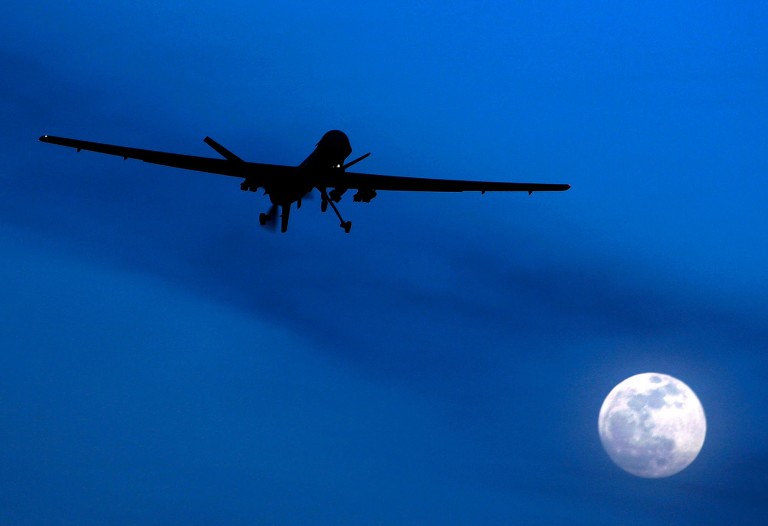Moeed Pirzada | PIQUE Magazine |
The past few weeks have not been kind to the politics of Imran Khan. After the high-water mark of APC in the second week of September, where all parties agreed – once again – to a dialogue for peace with the Pakistani Taliban, PTI’s Khan Sahib looked like knight on a white horse, leading Pakistani politics from the front.
But that impression itself was something of anoxymoron: it was probably the seventh such marathon political event of its kind in the past five years. All parties had again reaffirmed their belief in the need for dialogue, but public narratives are never scientific. Pundits and citizenry alike, with mixed sentiments of both love and spite, credited Khan, who–for a few days, at least – found himself riding on the crest of a newfound popularity.
Unfortunately, this moment did not last long. TTP’s IED – which assassinated the GOC Swat –also ruptured Imran Khan’s balloon of dialogue and peace. But that was just the beginning of the nightmare. Reality dawned with the chilling attack on the All Saints Church, in which eighty innocent worshippers perished in what was perhaps the worst attack on a Christian minority in the history of South Asia.
A bewildered Imran wondered, “Isn’t it strange that whenever peace talks are pursued, these attacks take place?”
Such musing aloud was ill advised; to many it sounded a defense of Taliban. Angry Christian crowds demonstrated against PTI; and a blogger for the Express Tribune – Sameera Rashid – wrote, “Dear Imran Khan, where were you when my church was attacked?”Rashid claimed it was a letter inspired by a teacher at a Catholic Missionary School in Peshawar. Whether this was true or not, it certainly summed up the feelings of the moment.
While the humiliated leadership of the ANP and PPP were trying to garner legitimacy by attacking Khan’s apparent appeasement of the Taliban, Khan suggested – from the doorsteps of the Lady Reading Hospital – that the TTP should be invited for dialogue. This gave Maulana Fazal-ur-Rehman the opportunity to accuse Khan of naivety, pointing out that giving TTP a formal office will foster an undeserved political legitimacy.
The days that followed brought an unprecedented wave of criticism and ridicule against PTI’s leader, especially through social media, where he was – even before this recent turn of events – the scapegoat for all that was wrong with Pakistan’s war against the TTP.
Though his agenda even before the APC stated that military tactics should be deployed against those who are not amenable to dialogue, the suggestion of force as an option has become more and more prominent in his impromptu ramblings.
But does that really change anything on the ground? A motley crowd of politicians, bloggers, columnists, TV anchors and failed generals make their arguments –especially when talking to diplomats or international media –in a manner that suggests we have Khan to thank for the very idea of dialogue. You’d be forgiven for thinking that, without him, the Pakistani army would have marched, outmaneuvered and decimated the also-rans of Pakistani history, that it is only the naïve Imran Khan who has stood between them and the bugles of victory.
Is this true? Is it only Khan who is giving rise to delusions of “estranged Pashtun brothers”, ideas of “living happily ever after” and the “conspiracy theories” of the CIA, the Indian hand, ISI assets, fears of denuclearisation, good Taliban and bad Taliban… and so on, or does the rot run deeper and wider than that? The tragedy of contemporary Pakistan is that its happenings can’t be examined as nonfiction. Perhaps an examination of the conspiracy theories and fears of its various stakeholders will offer a better chance of excavating the truth.
The joint declaration to the APC this September is reminiscent of consensus resolutions passed by the joint sitting of parliament in October 2008, May 2011, April 2012; of the recommendations of the APC convened by PM Yousaf Raza Gillani in September 2011, of the APC convened by ANP in February 2013 and of the APC convened by JUIF the same month.
Most of these consensus resolutions or recommendations did talk of sovereignty and condemned US drone attacks, but did they ever talk of a decisive fight against TTP or other such outfits? If anything, the last two items in that formidable list pointedly asked for peace through dialogue, and were supported by all other major and minor parties. If that was a maneuver to gain the sympathy of TTP-types before the elections, it certainly failed: ANP was their biggest target; but that does not mean that ANP ever had a plan to fight them. Being a victim by default does not make you a fighter by choice.
So who are the determined fighters? Who had the nerve and vision for a war, but were held back? In a recent seminar in Islamabad on conflict and peace, which I was moderating and where representatives of all political parties were present, each was condemning the others by making references towards a euphemistic ‘we’and the establishment for failures in fighting the Taliban.
I asked the ex-DG ISPR, Gen. Athar Abbas how he explains the military’s dismal performance in this conflict? His stern reply – in a hall packed with politicians, diplomats, executives of development bodies and NGOs – was interesting. He reminded us all that the military was sent to Swat in 2007 and started its operations, but the then MMA government, which consisted almost exclusively of religious parties, asked the operation to be stopped: first for peace through dialogue, and then to produce the right atmosphere for elections.
After the 2008 elections, it was the then provincial government of ANP that wanted to give peace a chance. The general stated that, once all peace efforts had visibly failed, the military launched its operations – in the summer of 2009. I looked around for any politician to counter his explanation; none mustered the courage.
No one asked the general that day why the military hasn’t entered North Waziristan to remove the TTP, despite the cocktail of flirtatious cajoling and threats by the Americans. But that does not mean there are not others ready to offer juicy conspiracy theories of why the military has not done so.


